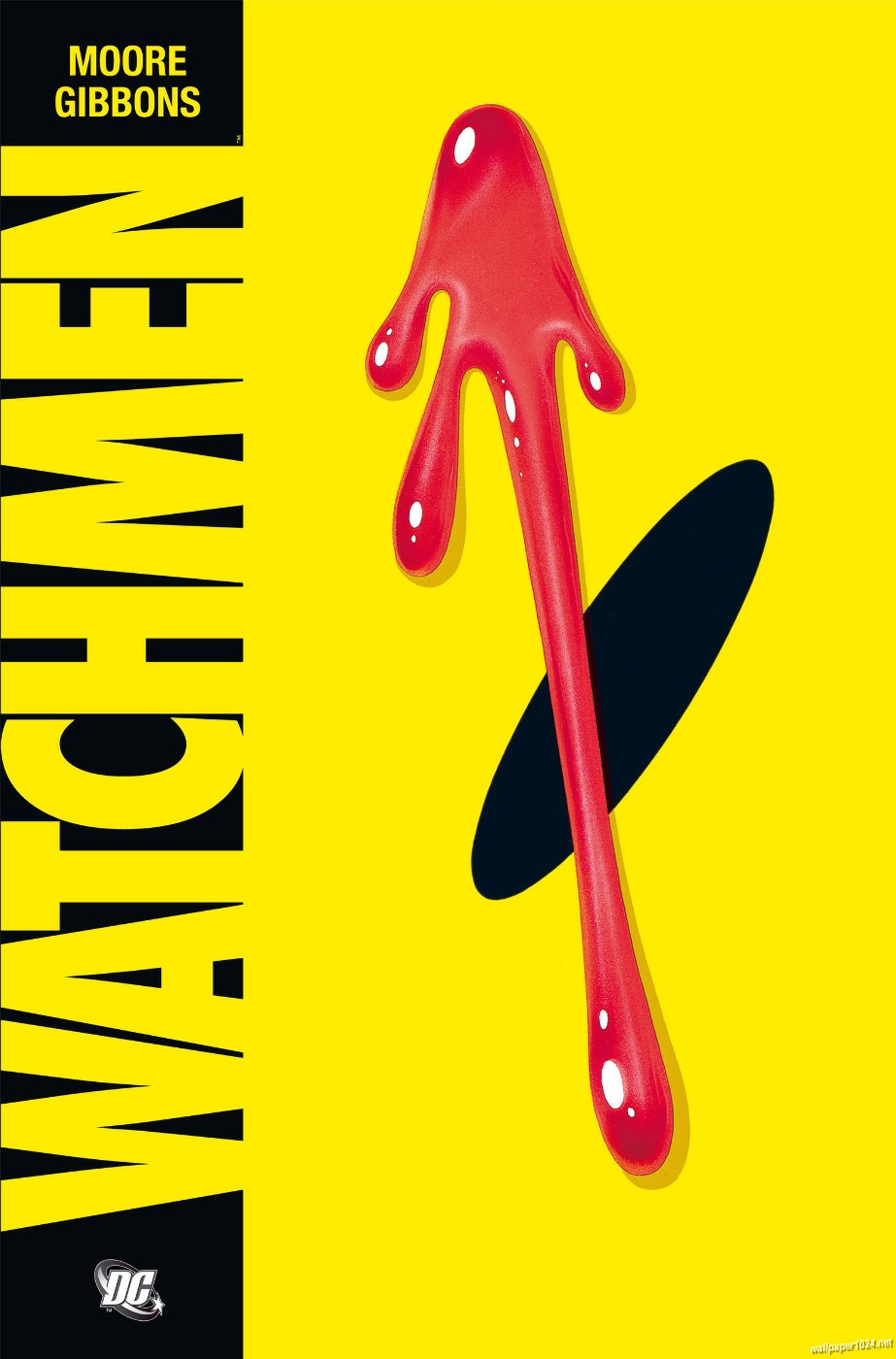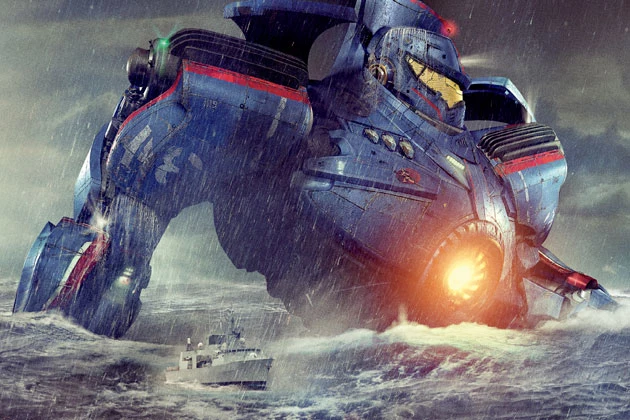Imagine a girl. An ordinary, average, everyday girl, whose name is, say, "Fiona Chadwick". Fiona is ten-but-almost-eleven years old, lives in London, loves animals, and just got her acceptance letter from Hogwarts School of Witchcraft and Wizardry. Good for her, right? Congratulations, wish you the best of luck, don't forget to write, yadda yadda yadda.
Well, there's just one problem for Miss Chadwick: she's a vegan, which means she's gonna have a
really hard time at Hogwarts.
It starts right from the moment the owl (read: "animal-slave") drops the acceptance letter in her hands: it's written on
parchment. Once she opens it (or gets a friend to open it for her, because it's
written on animal skin), she sees that, among other things,"First-year students will require... One pair of protective gloves (dragon hide or similar)".
This relationship is not off to a great start.
"Can't I just wear enchanted PVC gloves instead?"
At some point Fiona will need to get to Diagon Alley, but no matter how she arrives she'll have to walk past Eeylops Owl Emporium, which sells live owls to anyone, without so much as a criminal background check for the purchaser (at least, none that the reader ever hears about), and past the Apothecary, which features such lovely window-dressings as bat spleens, live leeches, and black beetle-eyes. After seeing all that, Fiona may have to duck into Florean Fortescue's for a nice sorbet, to calm her nerves.
Fiona will also have some difficulty purchasing her textbooks, as most of them are going to be printed on parchment, like her acceptance letter. However, being a large bookseller with a good selection, it's likely that Flourish & Blott's will have alternative editions of standard schoolbooks in
papyrus-scroll format. They'd be a little bulkier and heavier than standard books, but doable if you're committed (which, for the sake of argument, Fiona is).
Next up, Ollivanders!
Wand-shopping may be one of the most problematic steps for Fiona, because it's such an important part of her journey towards witch-hood, yet also so
decidedly animal-unfriendly. We know that it's virtually impossible for a witch or wizard to perform anything but wild unpredictable magic without a wand to act as a focus for their power. The problem for Fiona is that all wands (at least all wands sold in Britain) seem to use animal products as their focus. For wand-cores, we only hear about dragon heartstrings, unicorn tail hair, and phoenix feathers ("
veela hair" is mentioned only once, in
Goblet of Fire). While harvesting a hair from a unicorn's tail certainly won't kill the beast, this is still a gray area at best for most vegans I've talked to. I suppose it might be possible to use certain magical plants like dittany as a wand-core, or perhaps even magical stone or crystal, they definitely don't seem to be popular options.
So Fiona has her scrolls, her supplies, and her wand. She can finally hop on the Hogwarts Express and start her education in witchcraft.
"Umm, that's not a solar-powered model, is it?"
... but Fiona's trials are only beginning. In addition to the normal dietary restrictions she would face (which are
pretty steep), she'll eventually have to deal with the fact that all of her food at Hogwarts is made entirely by their staff of house-elves. Although most people wouldn't classify them as animals (they can speak and use tools), house-elves are definitely slaves, which is just-about equally bad, from a rights-for-living-beings perspective.
Potions class would be absolutely
awful. Not only would Fiona be forced to brew potions with the rest of her year - potions which always seem to include some kind of animal product - but for some of them she would actually have to manually crush measurements of beetles or spiders herself, immediately before adding them to her cauldron to ensure freshness. (And there is
absolutely no chance that Professor Snape would allow Fiona to pursue an alternative, animal-friendly curriculum.)
Not even Herbology is safe for our beleaguered Fiona. In a world where plants are not only motile, but seem to be aware of their surroundings, one has to ask whether even harvesting and eating magical
plants is vegan. Do mandrakes feel pain when you cut them up? Do bubotubers
dislike being squeezed for their pus? Does the
venomous tentacula feel pain when Professor Sprout slaps its tentacle away from her? These questions are going to be at the forefront of Fiona's mind with each trip down to the greenhouses.
Now, I'm not trying to make Hogwarts into the bad guy here. But as Rowling demonstrated with the House-Elf issue, wizards are not perfect. But attitudes can change, given time, and a good reason to change. And maybe with enough time, Hogwarts can become a school which welcomes not only muggle-borns and purebloods with equal openness, but an institution which is welcoming to
all students, of every lifestyle and philosophy.
















